Jump to the content
- {{#headlines}}
- {{title}} {{/headlines}}

Kontakt
Presse, Kommunikation und Marketing
Tel.: +49 228 833-144
Fax: +49 228 833-441
presse[at]avh.de
Rikkert Frederix
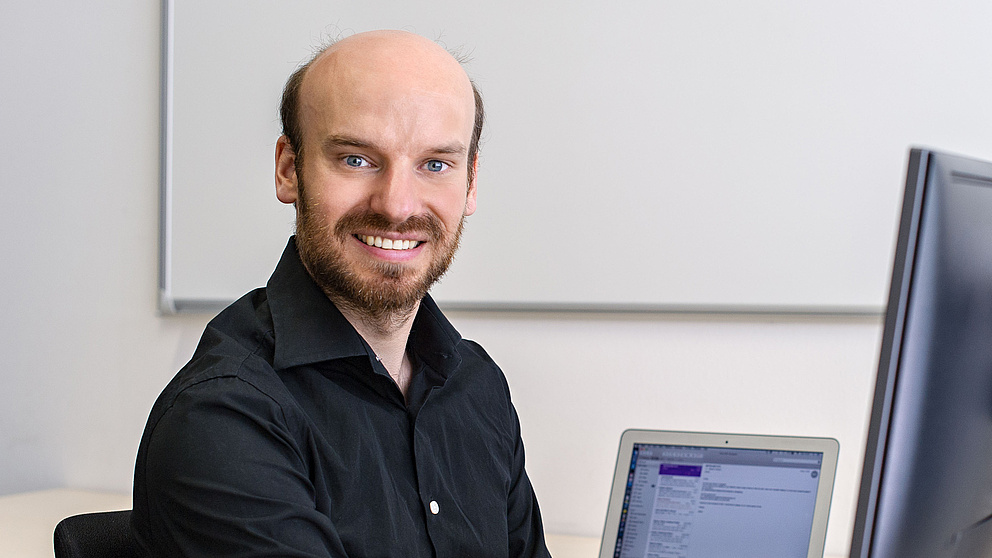

Dr Rikkert Frederix
was born in the Netherlands in 1982 and studied physics in Utrecht and Amsterdam. In 2005, he moved to the Centre for Cosmology, Particle Physics and Phenomenology at the Université catholique de Louvain in Belgium where he gained a doctorate in 2009. From 2008 to 2009, Frederix conducted research at CERN in Geneva on the strength of the Marie Curie Programme and from 2009 to 2012, as a postdoc at the University of Zurich. Rikkert Frederix returned to CERN in 2012.
Elementary Particle Physics
The big particle puzzle
What holds the world together in its innermost self? This is the question that drives elementary particle physicists to investigate the tiniest basic building blocks of matter, the ones that can be broken down no further. The search for new particles is often compared with the search for a needle in a haystack: in the course of experiments at the world’s largest particle accelerator, the Large Hadron Collider (LHC) at the European Centre for Particle Physics (CERN), some billions of particle collisions are observed which produce yet more new particles. In order to evaluate these experiments, highly-precise theoretical calculations and simulations of the kind developed by the elementary particle physicist Rikkert Frederix are required. One of his specialisms is calculating complex scattering processes which occur during collisions in particle accelerators, focussing particularly on the automation of these calculations. He has helped to develop procedures and computer codes that have already become standard tools for particle physicists worldwide – not least for analysing the data generated by the LHC at CERN.
Host institute: Technische Universität München
Host: Professor Dr Martin Beneke
Mikhail Kudryashev


Dr Mikhail Kudryashev
was born in the USSR in 1983. He initially studied physics at Krasnoyarsk State University, moving to Germany in 2005 where he received his doctorate from Heidelberg University in 2009. In the same year, Mikhail Kudryashev moved to Switzerland to continue his research as a postdoc in the Biocenter at the University of Basel.
Biophysics/Neurobiology
Investigations on the nanoscale
In biophysics, cryo-electron microscopy now facilitates investigations of unparalleled precision: for this purpose, organisms are cryogenically frozen, which preserves their original state and allows them to be imaged at a resolution of just a few nanometers. The biophysicist Mikhail Kudryashev is seen as one of the leading specialists in this field. He was, for example, the first to sequence the three-dimensional structure of the so-called bacterial injectisomes in the gastrointestinal pathogen Yersinia enterocolitica. Injectisomes involve proteins forming a kind of miniscule needle on the nanoscale that injects the bacteria into the cells. Kudryashev’s research shows that the Yersinia enterocolitica needles are of different lengths and elasticity, presumably allowing the pathogen to adapt to the respective environment and maintain its infection potential. In Frankfurt, Mikhail Kudryashev will focus on structure and function of glutamate NMDA receptors. As the recipients of messenger substances they play a central role in nerve cell communication in the brain and are linked with diseases such as Alzheimer’s and Parkinson’s. Using newly-developed methods of cryo-electron microscopy, Kudryashev will study NMDA receptors to sequence their structural details at the highest degree of precision.
Host institute: Max Planck Institute of Biophysics, Frankfurt am Main
Host: Professor Dr Werner Kühlbrandt
Karin Lind
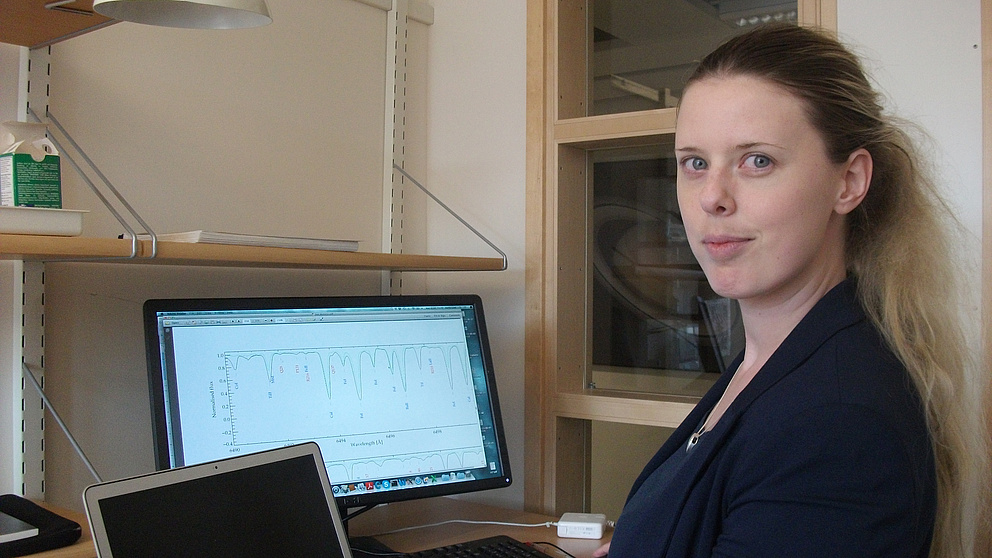

Dr Karin Lind
was born in Sweden in 1984. From 2003 to 2007, she studied physics and astrophysics at Uppsala University. To complete her doctorate, she moved to Germany, to the International Max Planck Research School (IMPRS) on Astrophysics and the European Southern Observatory (ESO) in Garching, near Munich. From 2010, she worked in Garching as a postdoc at the Max Planck Institute for Astrophysics. In 2013, Lind spent a year at the Institute of Astronomy in Cambridge before she was granted a Marie Curie Fellowship and continued her research at Uppsala University in Sweden.
Astronomy
Star-light from the newborn universe
Astronomical observation equipment like telescopes and spectrographs are generating ever more, ever better data on our universe. In order to evaluate and decode this data, astronomy also needs appropriate theoretical models. Karin Lind develops such models. The astronomer specialises in new techniques for applying spectral analysis to the surfaces of particularly old stars; she has already solved the so-called 6Li-Problem, for example, which has occupied astronomers for years: until recently, the measurements for the frequency of the lighter lithium isotope in old stars did not correspond with the amounts predicted by the Big Bang theory. Karin Lind was able to prove that previous measurements and analyses were quite simply imprecise and erroneous – there is no discrepancy. In Heidelberg, Lind will concentrate especially on approaches to evaluating data generated by new sky surveys such as ESA’s Gaia Mission and complementary spectroscopic surveys. The Gaia Space Observatory is currently charting a map of the entire Milky Way and is scheduled to record some billion stars in our galaxy. Karin Lind will help to decode these observations and make new discoveries about the origins of our universe.
Host institute: Max Planck Institute for Astronomy, Heidelberg
Host: Professor Dr Hans-Walter Rix
Ioan M. Pop
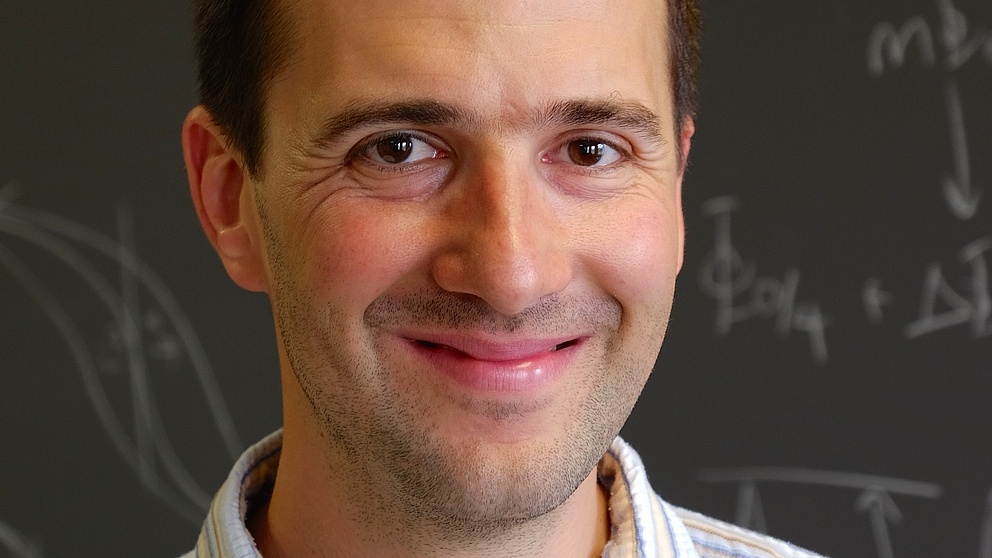

Dr Ioan M. Pop
was born in Romania in 1983, and studied physics at Babeș-Bolyai University in Cluj-Napoca from 2002 to 2006. He received a Master’s diploma in material science in 2007, and a Ph. D. in physics in 2011 from the Institut NÉEL, Centre National de la Recherche Scientifique (CNRS), and Université Joseph Fourier in Grenoble, France. Since then, he has been working as a postdoctoral researcher at Yale University, USA. He has received several honours, including a fellowship from the French Ministry of Higher Education and Research and the 2012 Thesis Prize awarded by the French Nanoscience Foundation.
Solid State Physics
Superconducting quantum electronics: designing protected quantum bits
Quantum computers, based on the laws of quantum mechanics, promise to launch a new era of faster, more efficient information processing. These laws, however, are very different from those of the classical, macroscopic reality with which we are accustomed. For three decades now, physicists across the world have been exploring the potential use of quantum machines for information processing. During this time, there has been spectacular progress in both the theoretical understanding of quantum information processing and the realization of prototype physical platforms. Superconducting circuits are one of the most promising technologies, one reason being that below a certain temperature they exhibit no electrical resistance. Ioan Pop’s research is geared towards understanding and harnessing quantum mechanical effects in superconducting circuits. One example is the so-called Josephson effect, which describes the flow of current between two superconductors separated by an insulating barrier. At Karlsruhe Institute of Technology, Ioan Pop will attempt to develop topologically protected superconducting circuits, based on Josephson junctions, which could take us one step closer to the implementation of large scale quantum information processing.
Host institute: Karlsruhe Institute of Technology
Host: Professor Dr Alexey Ustinov
Dr Ioan M. Pop
was born in Romania in 1983, and studied physics at Babeș-Bolyai University in Cluj-Napoca from 2002 to 2006. He received a Master’s diploma in material science in 2007, and a Ph. D. in physics in 2011 from the Institut NÉEL, Centre National de la Recherche Scientifique (CNRS), and Université Joseph Fourier in Grenoble, France. Since then, he has been working as a postdoctoral researcher at Yale University, USA. He has received several honours, including a fellowship from the French Ministry of Higher Education and Research and the 2012 Thesis Prize awarded by the French Nanoscience Foundation.
Clara Saraceno
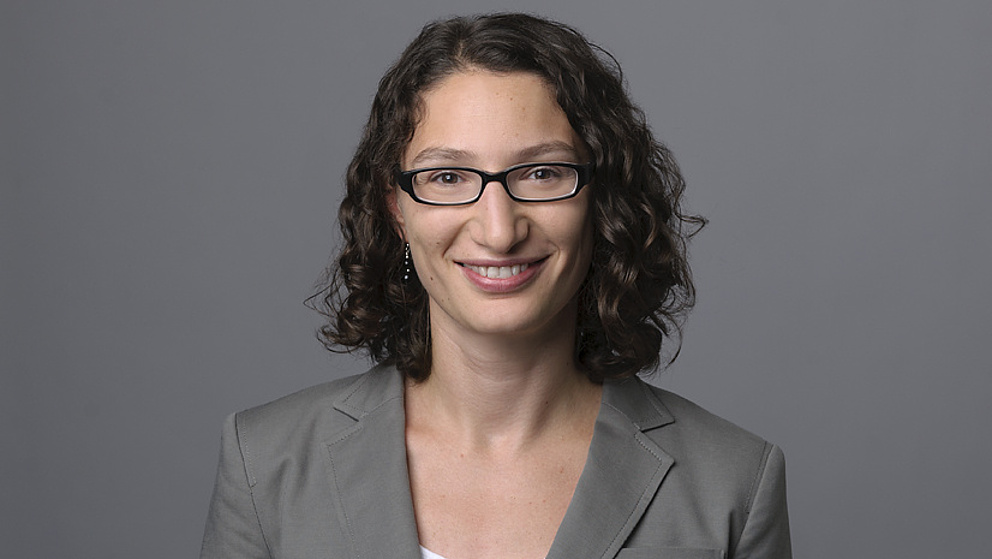

Dr Clara Saraceno
was born in Argentina in 1983 and was a student at the Institut d’Optique in Palaiseau, France. After completing her studies she first went into industry from 2007 to 2008, working for a laser manufacturer in the USA. She then continued her academic training in Switzerland, completing a doctorate at ETH Zurich in 2012 which brought her, amongst others, the 2013 QEOD Thesis Prize, awarded by the Electronics and Optics Division of the European Physical Society. Most recently, Saraceno has worked at ETH Zurich and the University of Neuchatel.
Laser Physics
Tomorrow’s lasers
Terahertz radiation has long been used in everyday situations: in the case of full-body scanners at airports, electromagnetic waves at a frequency between infrared and microwave penetrate clothing and are reflected by the body. Terahertz scanners that can be used to check letters and parcels for explosives or drugs function similarly. The terahertz waves have no difficultly penetrating materials like paper, wood, plastics and ceramics but, so far, generating the waves has been a complicated process. The physicist Clara Saraceno is trying to use thin-disk femtosecond lasers as a new source of terahertz radiation. She specialises in ultrashort laser physics and has already developed her own femtosecond thin-disk lasers which achieve record performance in their respective power ranges. Saraceno is now going to continue developing her technologies for use in the terahertz range. This should facilitate future novel microscopic applications as well as kinetic measurements and new methods of terahertz spectroscopy.
Host institute: Ruhr-Universität Bochum
Host: Professor Dr Martina Havenith-Newen and Professor Dr Martin Hofmann
Zhuang Xiaoying
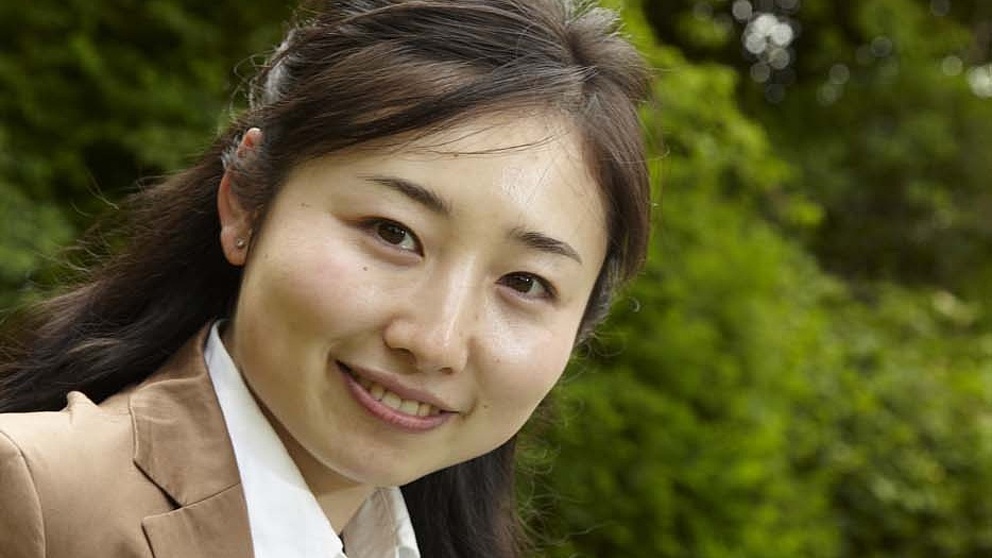

Dr Zhuang Xiaoying
was born in China in 1983 and studied at Tongji University, Shanghai, from 2001 to 2007. She then pursued her doctoral studies at the University of Durham, United Kingdom, where she completed her Ph.D. in 2010. After a period spent as a postdoc in Norway, she returned to Tongji University early in 2011, initially as a lecturer and, from 2013 to 2014, as an associate professor. Zhuang has received many honours, including the Zienkiewicz Prize for the best PhD thesis in Computational Mechanics and an EU Marie Curie International Incoming Fellowship which enabled her to conduct research at Bauhaus University Weimar.
Zhuang Xiaoying
Technical Mechanics/Engineering Science
Researching tomorrow’s materials
Polymer-matrix composites (PMCs) are widely used in many fields, including electronic devices and semi-conductors. Lighter, stronger and better performance PMCs are crucial for the aerospace, automotive and electronics industries of the future. So far, however, their behaviour and damage tolerance as well as coupled performance, both thermo- and electro-mechanical, have not been studied sufficiently. Zhuang will design, optimise and verify new materials based on computer simulations and experiments. She wants to gain a new understanding of composite materials and facilitate their use for industrial purposes. To this end, she is focussing particularly on the use of nanomaterials.
Host institute: Leibniz University Hannover, Institute of Continuum Mechanics
Host: Professor Dr Peter Wriggers
